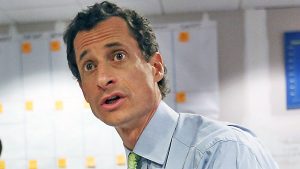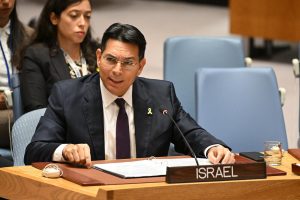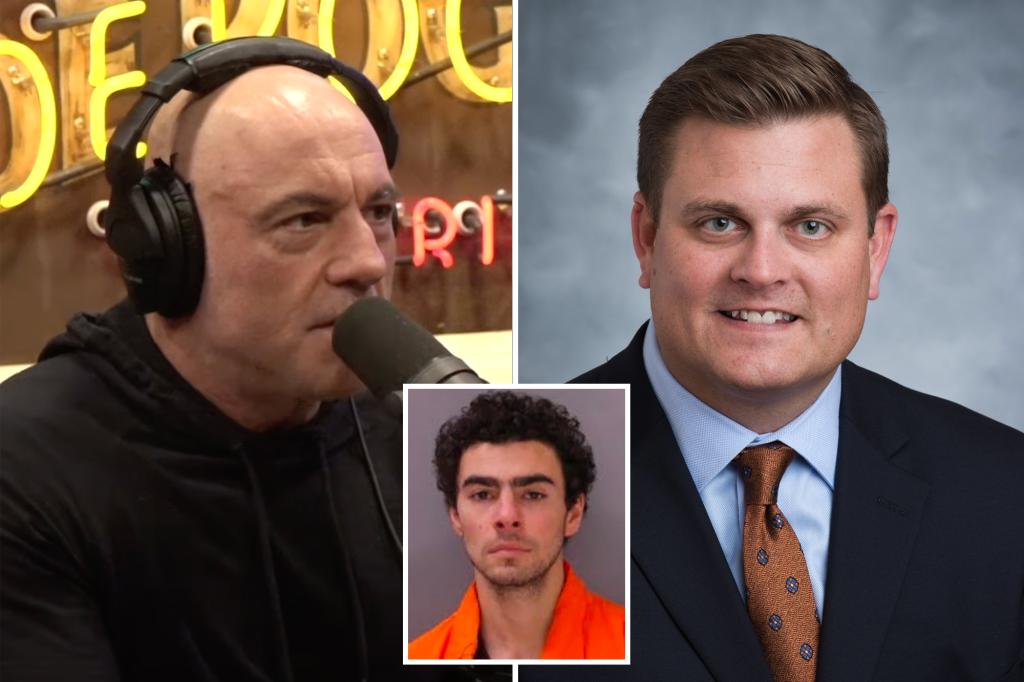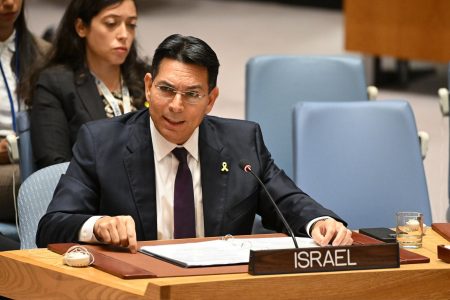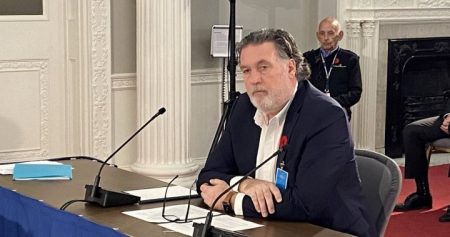Joe Rogan, the renowned podcaster, delved into the public’s reaction to the assassination of UnitedHealthcare CEO Brian Thompson during a recent episode of the “Joe Rogan Experience.” Featuring filmmaker Quentin Tarantino and producer Roger Avary, the conversation centered on the surprising lack of widespread sympathy for the deceased executive. Rogan postulated that this apathy stemmed from the public’s perception of the health insurance industry as a “dirty business,” rife with denied claims and exorbitant profits at the expense of patients. This sentiment was echoed by Avary, who remarked that few outside of Thompson’s immediate family would likely mourn his passing. The discussion highlighted the deep-seated resentment towards the healthcare insurance sector, painting it as an industry prioritizing profits over patient well-being.
The conversation, recorded before the capture of the alleged assassin, Luigi Mangione, further speculated on the suspect’s motivations. Rogan, drawing from the reported difficulties patients faced with UnitedHealthcare’s claim denial practices, theorized that Mangione might have been an individual personally wronged by the company. He dismissed the idea of Mangione being a professional hitman, suggesting instead that the act was driven by personal grievance. This theory aligns with emerging details about Mangione, a former Ivy League graduate described as brilliant but struggling with chronic back pain. The discussion foreshadowed the potential connection between Mangione’s personal experiences with the healthcare system and his alleged actions against Thompson, framing the incident not merely as an isolated act of violence, but as a potential manifestation of broader public frustration with the healthcare industry.
The circumstances surrounding Thompson’s death, as reported by various news outlets, further contextualize the discussion on Rogan’s podcast. Thompson, who had ascended to the CEO position at UnitedHealthcare in 2021, was shot dead outside a Manhattan hotel where the parent company, UnitedHealth Group, was holding its annual investor conference. The brazen nature of the attack, occurring amidst such a high-profile event, immediately sparked speculation about the motive. Subsequent reports revealed that Thompson had been the subject of threats prior to his death, adding another layer of complexity to the investigation. While these threats remain an area of ongoing investigation, their existence underscores the potential for targeted violence against high-ranking figures within the healthcare industry.
The apprehension of Luigi Mangione at a Pennsylvania McDonald’s brought a significant development to the case. Found in possession of a ghost gun, masks, a US passport, and rambling writings, Mangione’s arrest provided investigators with potential insights into his motivations. The writings, described as a manifesto-like document, reportedly contained scathing critiques of the health insurance industry, denouncing corporate greed and the exorbitant costs of healthcare in the United States. These writings, coupled with Mangione’s personal history of chronic back pain and his academic background, began to paint a picture of a disillusioned individual potentially driven to extreme measures by his experiences with the healthcare system.
The alleged manifesto, reportedly penned by Mangione, further solidified the connection between his alleged actions and his grievances against the healthcare industry. The document allegedly railed against “parasitic” health insurance companies and lamented the rising profits of major corporations while life expectancy stagnated. The inclusion of a statement claiming sole responsibility for the act aimed to absolve any potential accomplices, suggesting a premeditated and independently executed plan. This declaration, while requiring further investigation and verification, reinforced the theory of a personal vendetta driving the assassination, rather than a broader conspiracy.
The ongoing investigation into Thompson’s murder continues to unravel the complexities of the case, exploring potential connections between Mangione’s personal experiences, his ideological beliefs, and his alleged actions. The focus remains on verifying the authenticity of the manifesto and understanding the extent to which Mangione’s chronic back pain and interactions with the healthcare system fueled his alleged actions. As the legal proceedings unfold, the case is likely to spark further debate and scrutiny of the healthcare industry, its practices, and the potential consequences of widespread public dissatisfaction. The incident serves as a stark reminder of the tensions surrounding healthcare accessibility and affordability, and the potential for these tensions to manifest in extreme and tragic ways.
